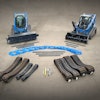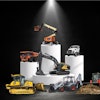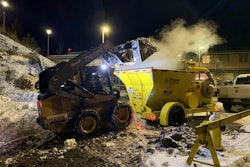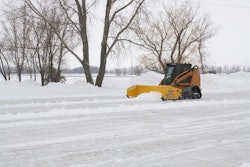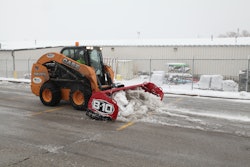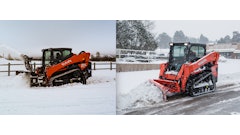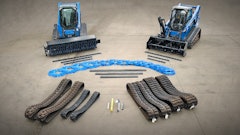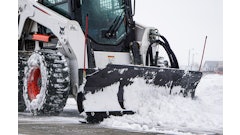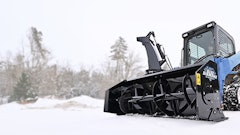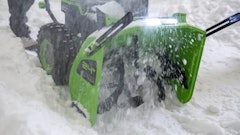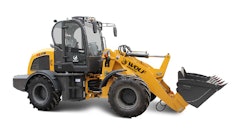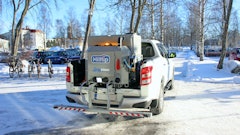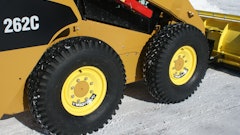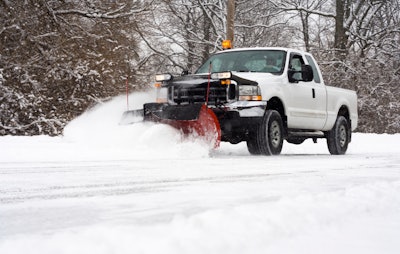
This article was originally published by the Snow and Ice Management Association (SIMA)
Efficiency is a key fact of life for any snow professional who wants to stay profitable and competitive. However, often times, efficiency is valued higher than safety when the pressure is on, and operators don’t always follow some basic best practices related to driving trucks equipped with plows and spreaders.
Always train your drivers to follow these basic guidelines:
- Before the vehicle is put in motion, ensure that all snow and ice accumulation is removed from windows and mirrors; visibility is key.
- Never exceed posted speed limits. Your maximum transport speed should be 45 mph, and even slower during adverse conditions.
- Always wear a seat belt.
- Always use caution flashers, strobes or warning lights when actively plowing.
- A good rule of thumb while plowing is to not exceed 10 mph.
The basics are pretty straightforward, but when it comes to transport the plow, different strategies exist.
To angle or not to angle?
It seems a simple question, should I angle the blade while I am driving between sites and the plow is up, or leave it straight? However, the details are tricky, and there are many differing opinions related to this concept. From a straight safety standpoint, here are some basics:
For v-plows, position the plow in V and ensure that it is high enough from the surface of the road so that it will not come into contact with the surface even if you hit a major bump or pothole. Watch the wings especially on trucks that sit lower to the ground, as they are potentially more prone to scraping the surface while in transport.
For straight blades, ensure the plow is high enough from the ground then angle it to increase airflow to the engine and decrease wind drag. In terms of which direction to angle the blade, opinions differ so use your best judgment. Angling toward the driver’s side can make the truck appear less intimidating to oncoming traffic. Others recommend angling toward the passenger side so any rocks or debris that hit the plow will bounce away from oncoming traffic, and so the driver can see more clearly the plow marker and the width of the blade.
Controls on or off?
Turn the controls off while transporting the plow on roads and highways, if possible. If you feel that you must leave the controls on, train yourself and your operators to treat the plow controls as a ‘loaded gun’, and to make sure anyone operating the equipment is fully trained on the controls for the plow, including any auto-shut off features, etc.
Train operators to ‘guard’ the controls and to only depress the trigger or other engaging mechanisms when needed. Remember that one slip of the finger can result in a catastrophic accident.
Remember the weight increase
A final concern is the additional weight that a plow and fully loaded spreader can place on a vehicle. Always consult DOT regulations and vehicle owner’s manuals before installing equipment on a truck. Furthermore, plan on a significant increase in braking distance due to the added weight of the snow removal equipment, especially if the truck is loaded with a plow and vbox spreader (with a full load of salt!).
Consider at the least doubling the amount of space typically recommended for braking, something like two car lengths per every 10 mph of speed. And don’t forget, a four wheel drive vehicle gets more traction in the snow while driving but does not provide further enhancements for braking on ice and snow. Do not allow yourself or your operators to be lulled into a false sense of security because the vehicle is in four wheel drive.
Interested in subscribing to SIMA's magazine?

